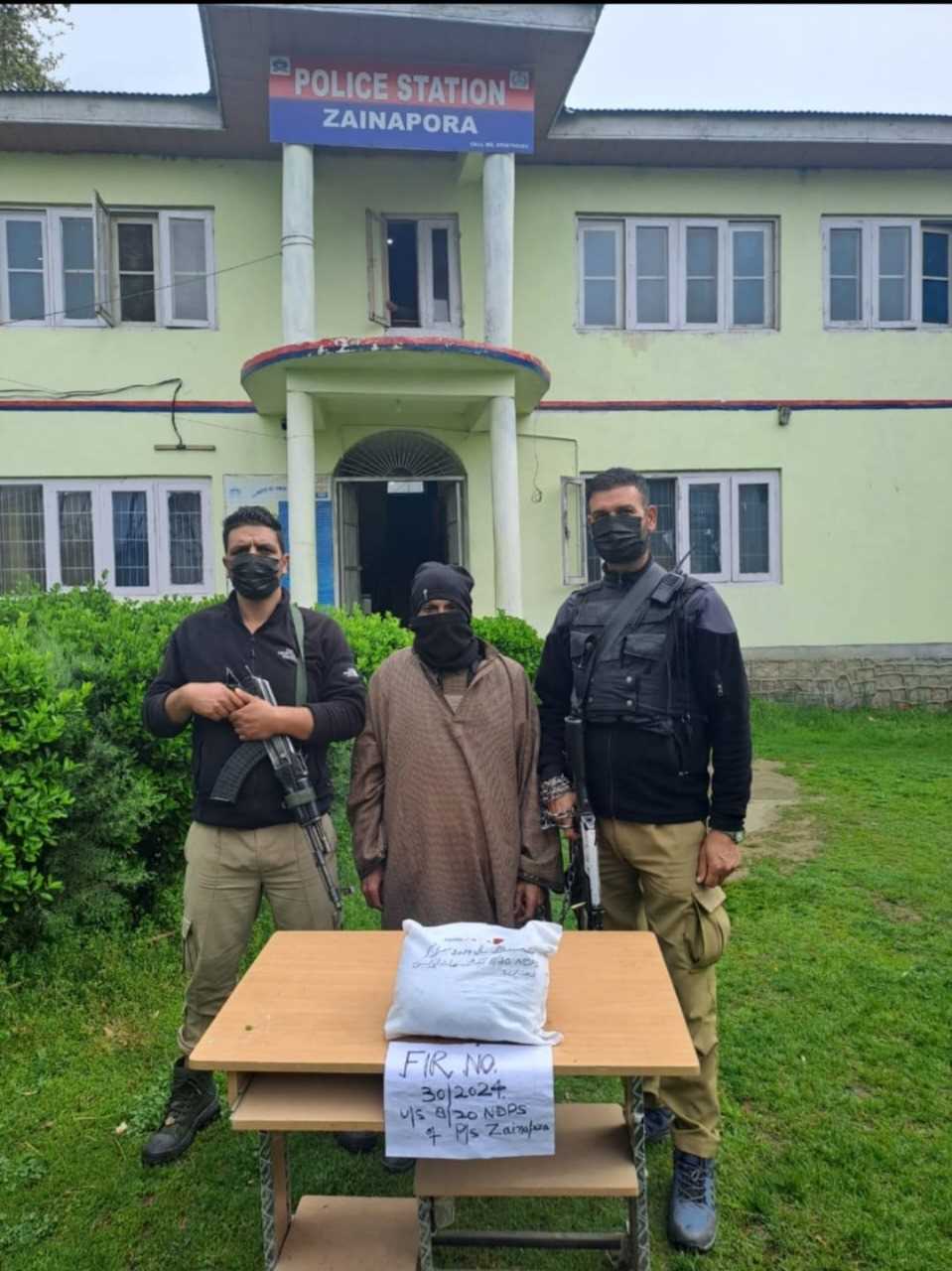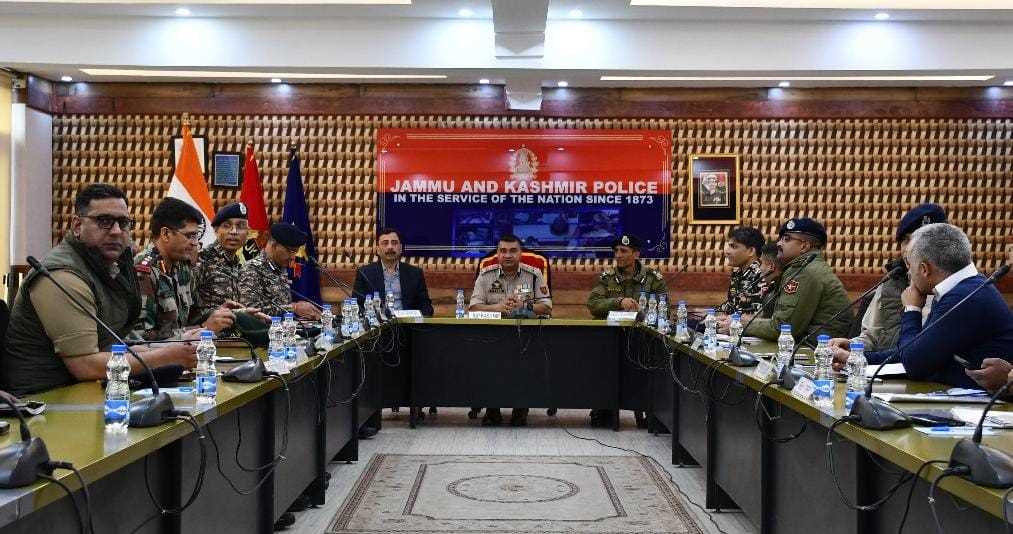The Covid 19 pandemic has paralyzed the world and created geopolitical opportunities galore. In consequence pin pricks, pressure points and strategic messaging have all become the order of the day. It happens when uncertainty looms large in the geopolitical environment. China’s opening of multiple windows in South China Sea and against Taiwan, Hong Kong, Vietnam, Australia and India, sets new tones and narratives but all in the former Asia Pacific (now Indo Pacific) region. That is exactly where the US wishes to shift its focus to fight China’s future ambitions. It has always wanted that shift even before the turn of the millennium but high profile events such as 9/11 and the onset of the wars in Afghanistan and Iraq always pulled it towards West Asia. Now with West Asia uncharacteristically quiet and all the international geopolitical focus suddenly revolving around China and its activities in South Asia and the Indo Pacific it seemed just the time for China to create yet another pull to get the US focus diverted back to West Asia. That is what is being assessed about an 18 page draft strategic deal between China and Iran drawn up in 2016 which now appears to have been deliberately leaked to influence which way international groupings may swing post Covid 19.
The Draft Deal
As per the draft deal China would expand its presence in Iran’s banking and telecommunications sectors as well as railways, ports and other projects. In exchange for this investment, Iran would supply Beijing with a heavily discounted supply of oil over the next 25 years.
China is a key market for Iranian crude oil exports, which have been dampened by US economic sanctions imposed after Washington’s 2018 withdrawal from the 2015 Joint Comprehensive Plan of Action (JCPOA) nuclear deal with Tehran. The deal would be worth $400bn – with over 100 projects detailed in the document.
It also details a deepening military relationship between China and Iran. The deal would allow China to gain a foothold in a region where the US has had strategic residence for the last few decades. The proposal outlines joint training and exercises, joint research and weapons development and intelligence sharing in “the lopsided battle with terrorism, drug- and human-trafficking and cross-border crimes”. All the latter references to terrorism actually translate into comprehensive intelligence sharing.
It also proposes investment in two port facilities in Iran, along the coast in the Sea of Oman, which would add to an expanding list of ports that China has constructed along the Indian Ocean that give the country its military refuelling stations running from the South China Sea to the Suez Canal. China has been stepping up its military cooperation with Iran over the past decade.
For all these years many analysts wondered why China was so tentative about expanding business and strategic links with Iran in a bigger and more transparent way which would convey its clear disagreement with US policy on Iran. Its approach to issues on Iran in big power meets bordered on remaining just transactional. The US re-imposed sanctions after it pulled out of the Joint Comprehensive Plan of Action (JCPOA) in 2018 but some short term concessions were available to nations such as India and China which obtained much of their energy needs from Iran. India had its compulsions about adherence to US directives due to its emerging relationship with the US and the need for US support for its technological development and other considerations which have helped develop the emerging Indo-US strategic partnership and kept it on even keel. It seems the Chinese too had some compulsions about not getting their energy requirements from Iran to the extent they needed. China’s oil imports reduced almost six times over six months within 2019. A natural surmise from the above is that China yet lacked strategic confidence to implement those agreements in the face of US sanctions. We may recall that the Trump Administration’s trade related coercion was just about taking shape. The period Apr-Jul 2020 has been a time of serious introspection, testing of resolve and re-strategizing by China in relation to its future position in international geopolitics. Under moral pressure from the US and other nations over the spread of Covid 19, the terming of the virus as Wuhan virus and appearance of a bolder attitude by some of these nations has given it the perception of being pushed from the space it had acquired for itself over the last two decades. All actions it took so far were in the domain of near direct involvement; SCS, Hong Kong, Taiwan and India, thus enhancing risk and creating conditions for greater solidarity among pro-US nations. An alternative was necessary through diplomacy and China achieved the required diversion by projecting its will to engage with Iran through the leaked draft agreement.
Sino-Iran Strategic Interests
The broad strategic significance of Iran and West Asia is well known but the region now assumes a different importance with China’s direct involvement beyond the commercial and energy based interest that it has evinced so far. A change of tack by a big power in international geopolitics has the capability of creating a major impact. A prime example was in 2015 when Russia proactively stepped up its military presence in Syria in support of Bashir Assad. Its decisions and actions were all taken in its strategic interest to maintain the balance of power.
So, what was it that China had seen in Iran in 2016 when the agreement with was first conceived and what emboldened it to discard its caution which had prevented it from pursuing the agreement to finality? These may be some of the reasons:- (To Be Continued)
Email:----atahasnain@gmail.com







